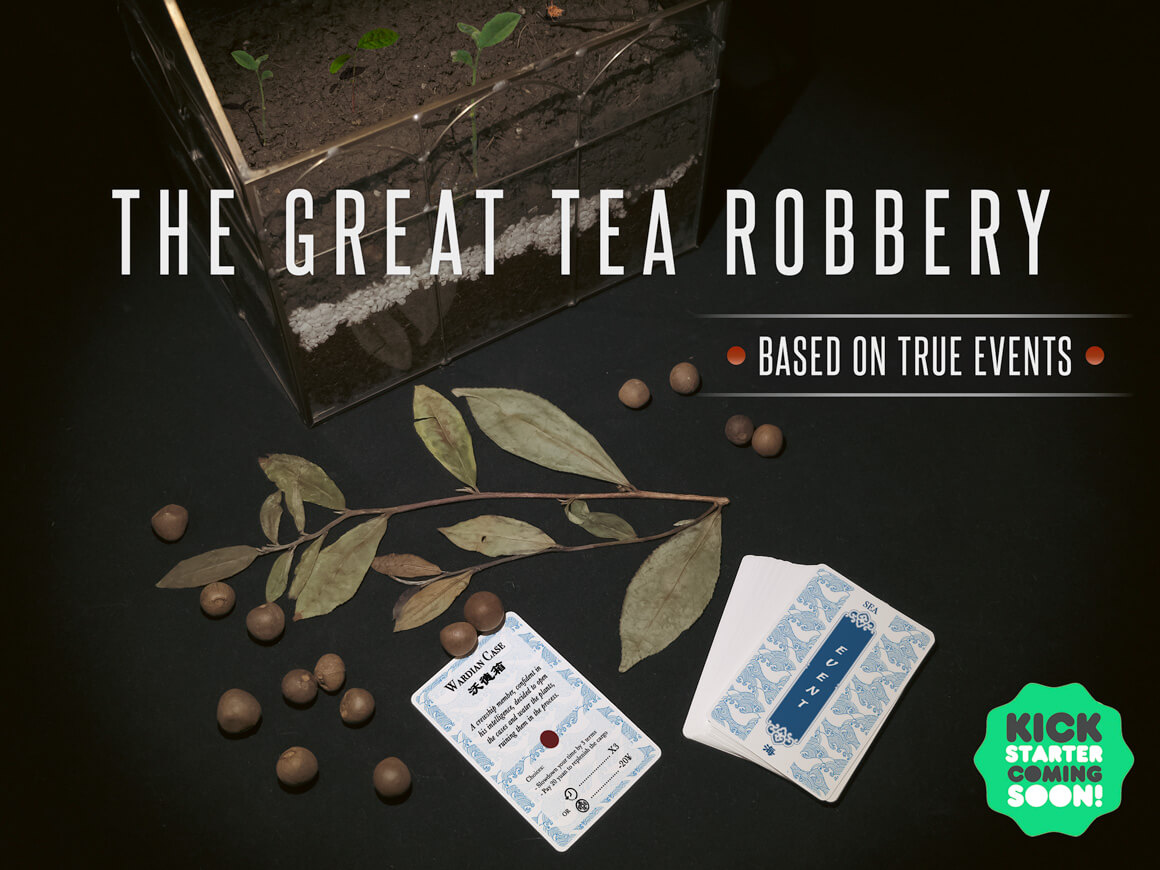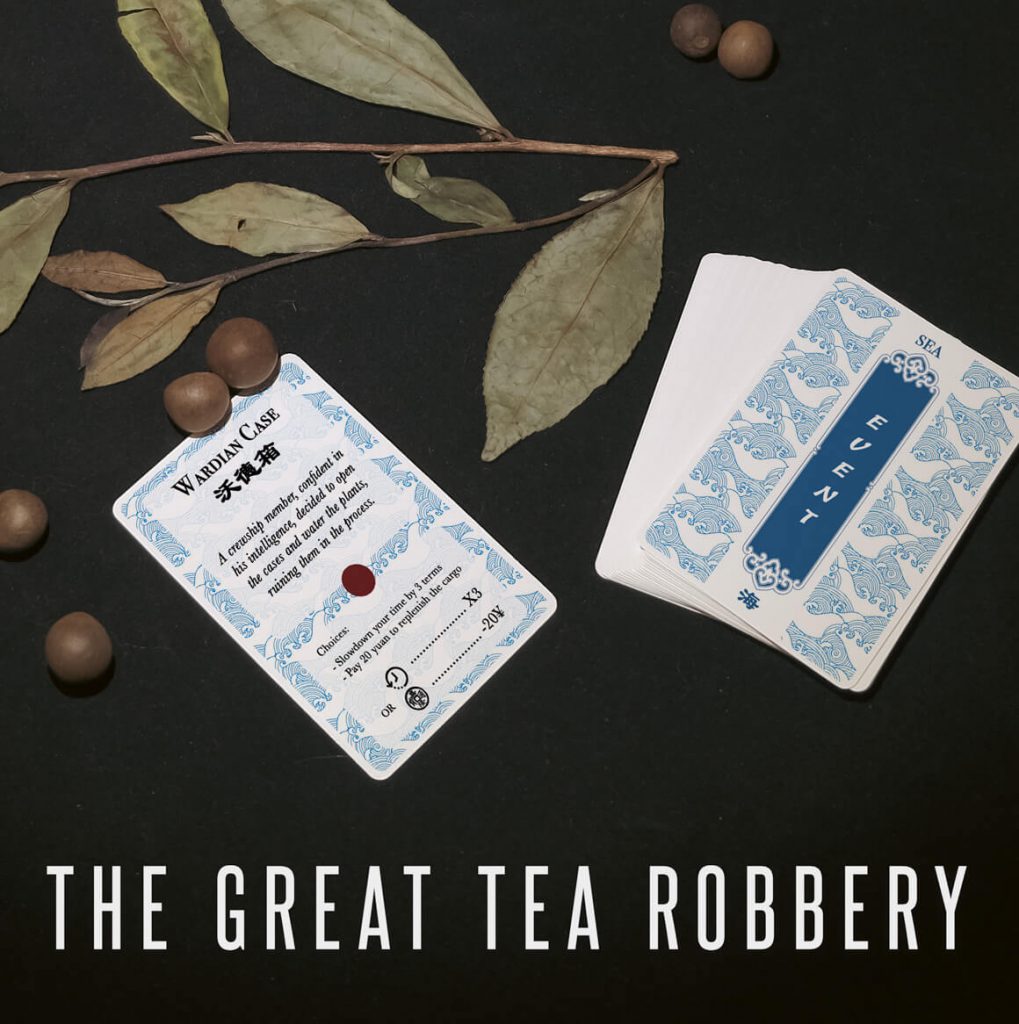I must admit, I was a bit in the dark about the Wardian Case until I began researching for this project. Discovering how Robert Fortune employed it and recognizing its pivotal role in the success of his covert mission piqued my curiosity. So, I decided to try it out for myself.
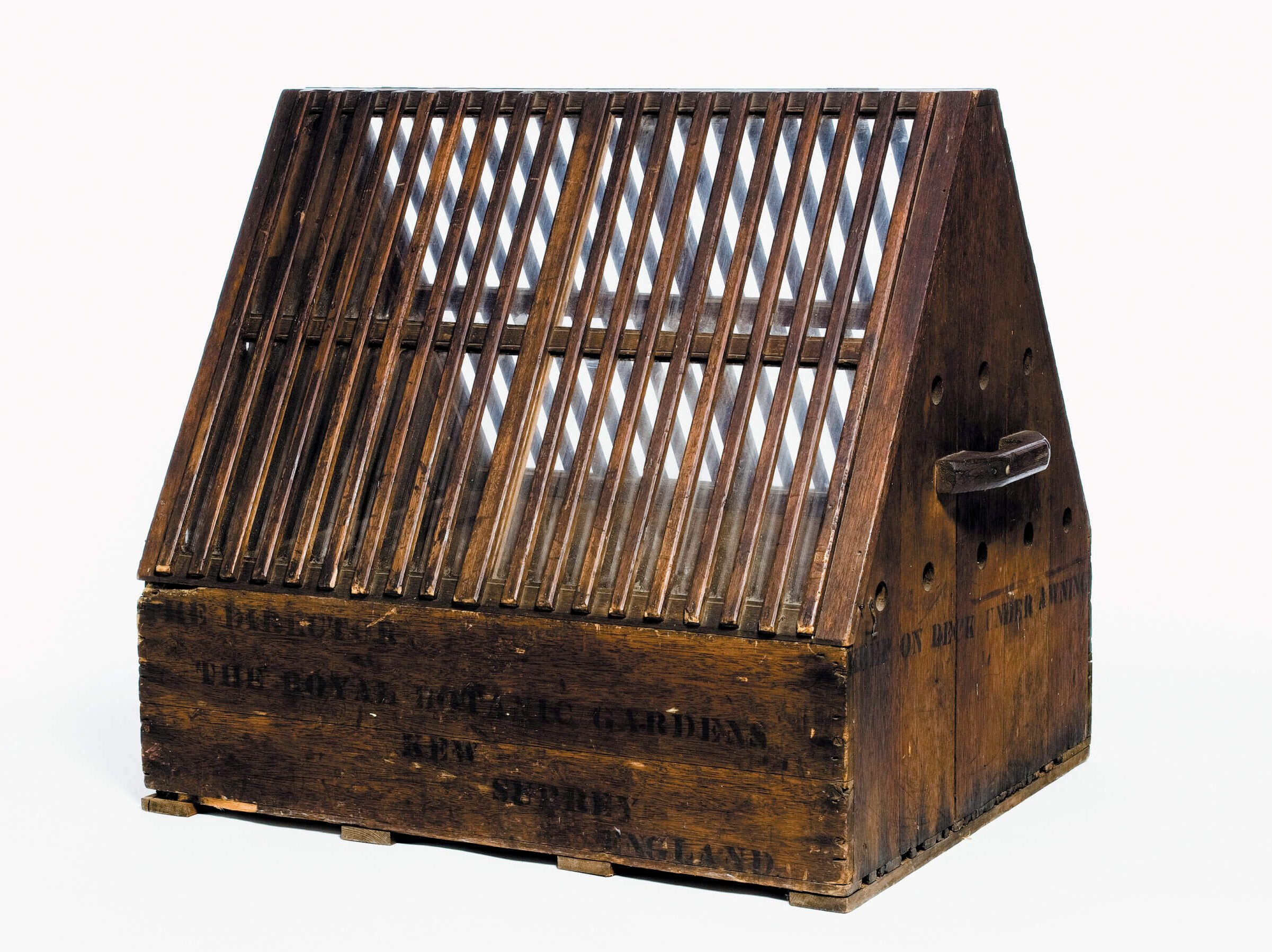
The concept is elegantly simple: you place soil in a case with glass panels to allow light in, plant your seeds or seedlings, add water, remove any excess, and then seal the case. This ingenious setup sustains your plants for months, if not years, ideal for enduring long voyages across the globe on ships battling salty waters and traversing varying climates and latitudes. As the water evaporates and condenses, it creates a self-sustaining microcosm.
I procured a small Wardian Case, got my hands dirty (there’s something about touching soil that’s simply delightful), and planted my tea seeds, just as Robert Fortune would have done over a century ago. Witnessing those tiny sprouts emerging from the soil was a truly gratifying experience.
In essence, the success of the Great Tea Robbery hinged on the Wardian Case. Without it, the global migration of plants and seeds that ensued wouldn’t have been possible. In fact, an entire (and quite fascinating) book has been dedicated to this topic, “The Wardian Case” by Luke Keogh.
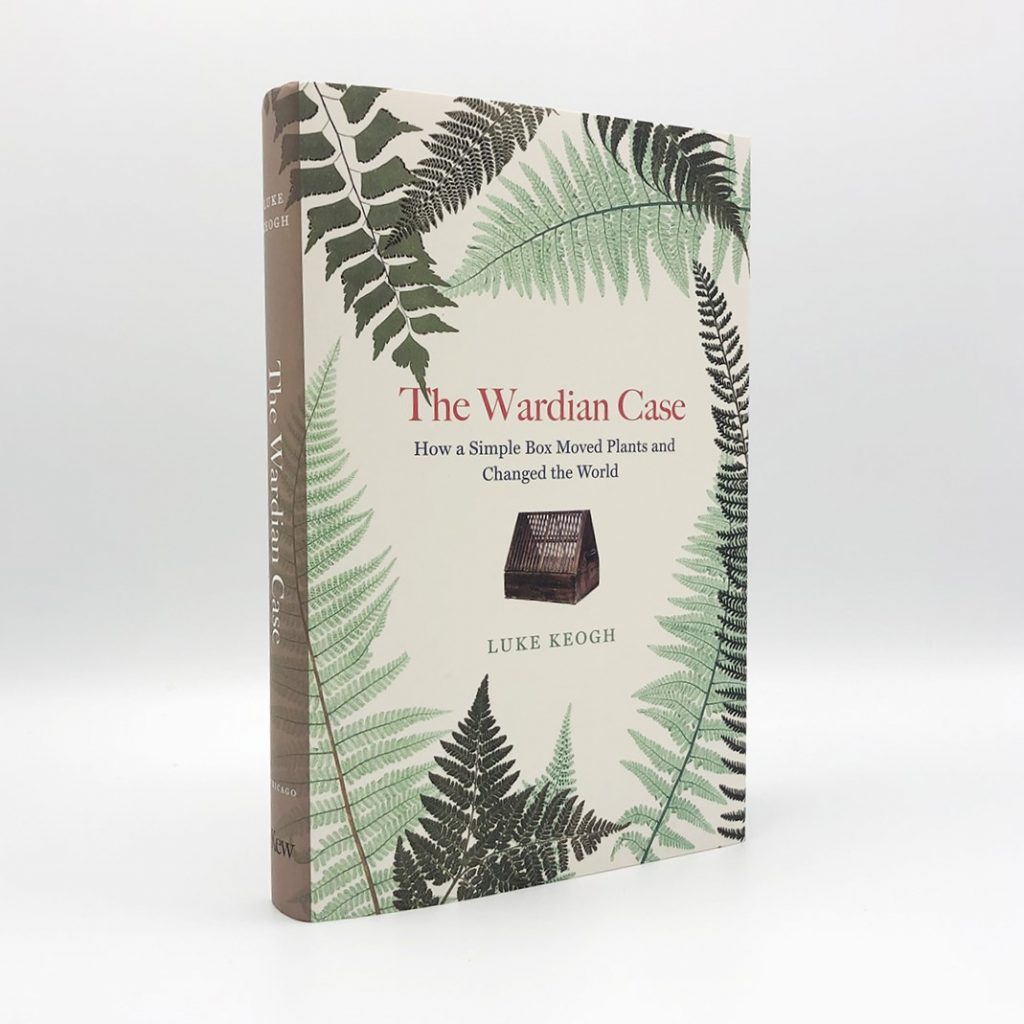
And to rephrase another great book “1493: Uncovering the New World Columbus Created by Charles C. Mann”: “It’s hard to imagine Italian cuisine without tomatoes, yet they’re not native to Italy”. They made their way there thanks to the Columbian Exchange and Nathaniel Ward’s ingenious invention, the Wardian Case. Interestingly, Nathaniel Ward happened to be a close friend and confidant of Robert Fortune.
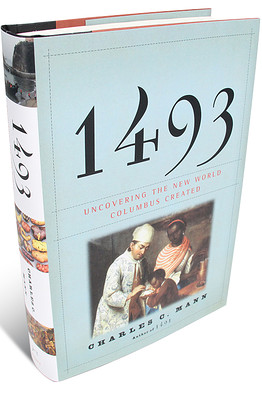
If you want to elaborate on the subject, here are two articles:
The clever glass box that reshaped the world – BBC News
The Wardian Case: How a Simple Box Moved the Plant Kingdom – Arnold Arboretum, Harvard
